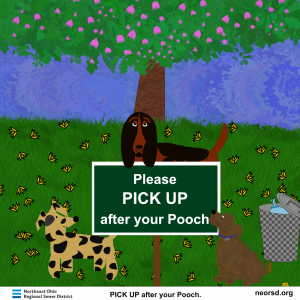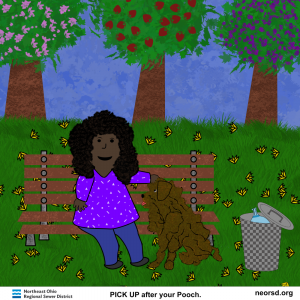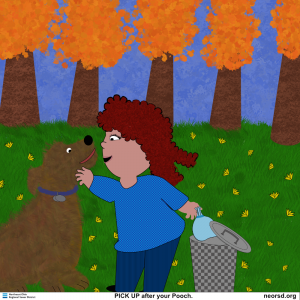Many parents may be scratching their heads when asked about mathematical and scientific concepts out of the blue. If you are one of them, this article may be an excellent tool to refresh some of the ideas you learned during high school. Let’s look at ways you could introduce subjects such as Math or Science into everyday activities for your child.
Everyday Science
Rather than bypassing an everyday occurrence, such as when one’s glasses fog up upon stepping out of the car, adults should try explaining why that is happening: that the glasses, being in a cold temperature in the car, are trying to “reach” the equal temperature of the surrounding environment. Thus, the air condenses to form small water droplets which cause the glasses to fog up. The explanation given to the child need not be convoluted. Rather, keep it simple! By expounding the science behind the foggy glasses, we are actually ingraining the concept of condensation into his or her mind. Thus, when the topic of condensation is covered in school, it will be easier for the child to make the association.
So, where else can we draw examples to explain to a child? Our kitchen! The kitchen is home to many scientific learning opportunities. For example, when frying eggs, the egg solidifies when heated. Rather than just serving the egg to the child, have him or her observe how the egg cooks and explain the process: heat transfers energy to break down the protein bonds in the egg. Thus the egg changes to a whitish substance when cooked. This introduces molecular bond-breaking concepts to the child.
Another example of science in the kitchen relates to the use of ice cubes. You can add ice cubes to the child’s hot drink and allow the child to observe the ice cube melting to cool the drink. An amateur explanation for that would be that the ice, at a cooler temperature, tries to reach the same temperature as the hotter drink. Thus, there is an energy transfer from the ice cube to the drink, so that the drink cools down. If possible, also explain that any two objects of varying temperatures would try to reach the same temperature when placed next to each other to reach thermal equilibrium.
There are many other examples, all of which cannot possibly be stated in one article. Thus, I will leave it to parents to think of other everyday things that may seem magical but actually hold a valid scientific explanation. There are many resources available to explore scientific concepts. Some of the reputable sources are listed at the bottom of the article.

Everyday Math
We discussed science. What about math? What better way to establish math skills than by counting money? I would suggest introducing money concepts to a child at a very young age. Try asking the child to purchase an item in a store by giving the correct amount of money or by receiving the correct amount of change. At present, credit cards are replacing paper money. Nevertheless, try setting aside a specific amount of cash so the child can experiment with buying their own candy or other small items.
Time is another important concept. I know of some who are a bit behind when reading analog time as many are so accustomed to reading digital time. Try introducing that child to analog timings using phrases like “quarter-to-one,” “half an hour,” and so on.
Another core mathematical concept is speed. When driving in the car, try asking the child to observe the speed at which the car is traveling from the speedometer. Explain that fifty-five miles per hour means that the car is traveling at a speed at which it can cover fifty-five miles in one hour, thereby highlighting that the speed is linked to both distance and time. Also, try prompting the child on what would happen if the speed were to increase; will the time to reach the destination increase or decrease? As mentioned earlier, you need not go into a detailed explanation involving formulas. Rather, just introduce that speed, distance, and time are all linked.
Our children may not understand all the concepts we are trying to impart on them. However, our goal is not to make them remember everything. What we are trying to achieve is to make them become aware of such occurrences and the scientific explanations behind them. By being aware, it is easier for them to grasp the concepts when taught in school. Strive to create awareness!
Originally published on the Zealousness blog in 2016. Revised and updated 2022.
Resources:
- “Science for Kids | National Geographic Kids.” 2019. National Geographic Kids. 2019. https://www.natgeokids.com/uk/category/discover/science/.
- “Science Kids – STUEdn.” n.d. Sites.google.com. Accessed September 27, 2022. https://sites.google.com/site/stuedn/science-kids.
- “The Experiment Archive.” n.d. The Experiment Archive. Accessed September 27, 2022. https://www.experimentarchive.com/.
- “Ask Dr. Universe.” 2018. Ask Dr. Universe. 2018. https://askdruniverse.wsu.edu/.
- “Science for Kids – Fun Experiments, Facts, Games & Projects.” n.d. Science for Kids. https://www.sciencekids.co.nz/.
- “Open-And-Go Lessons That Inspire Kids to Love Science.” 2019. Mystery Science. 2019. https://mysteryscience.com/.























